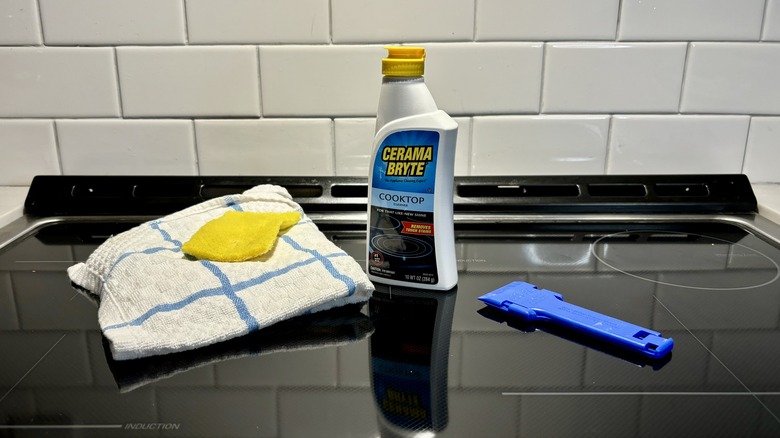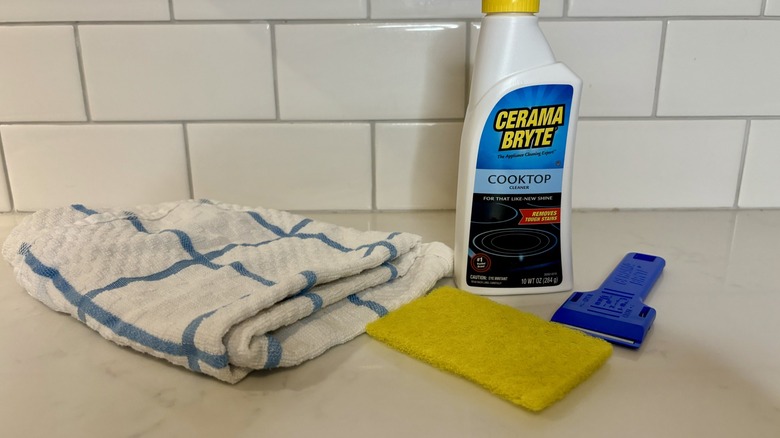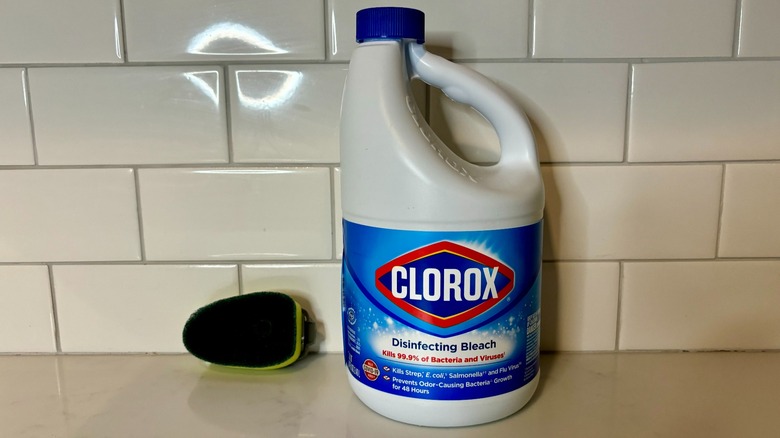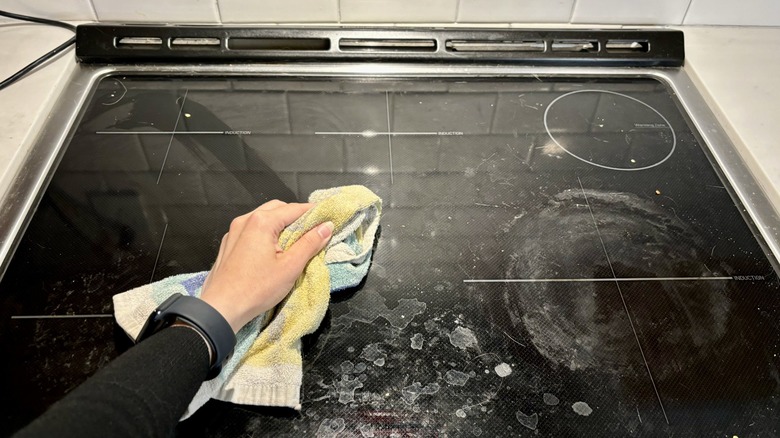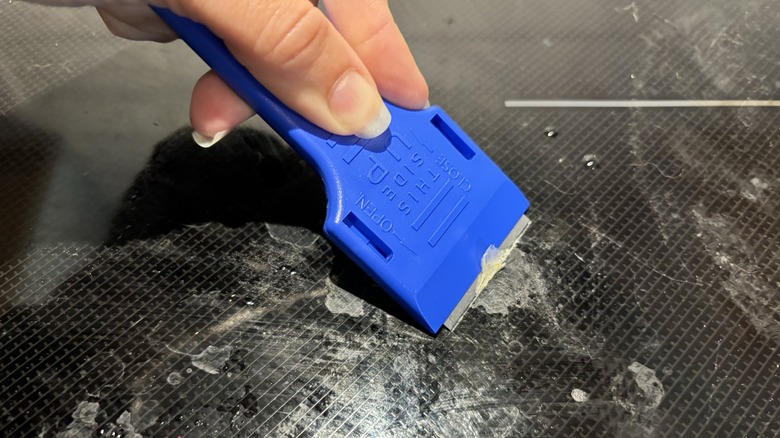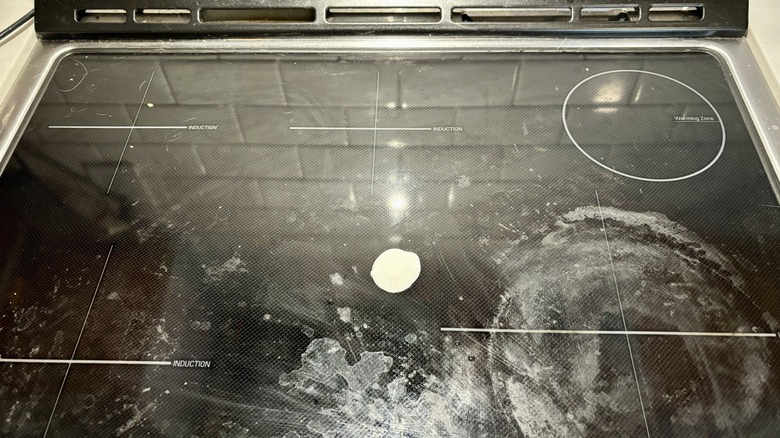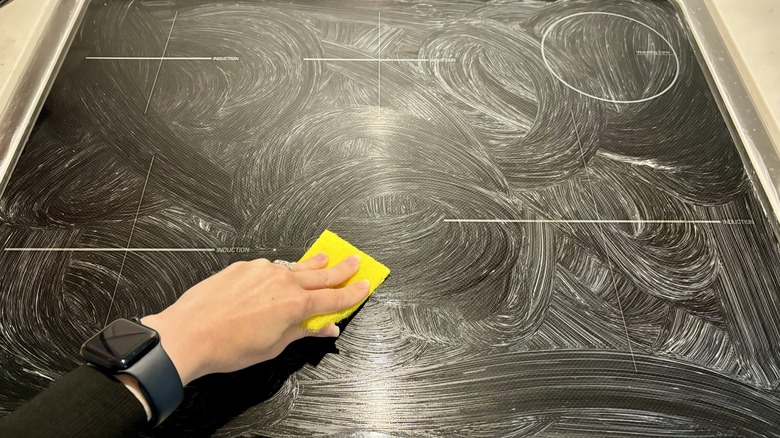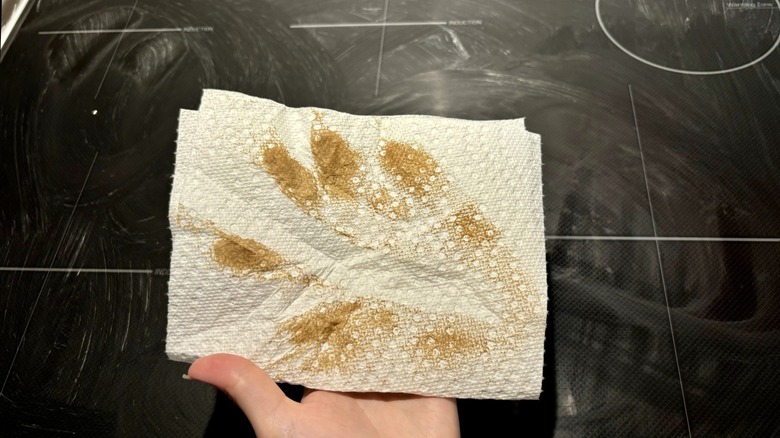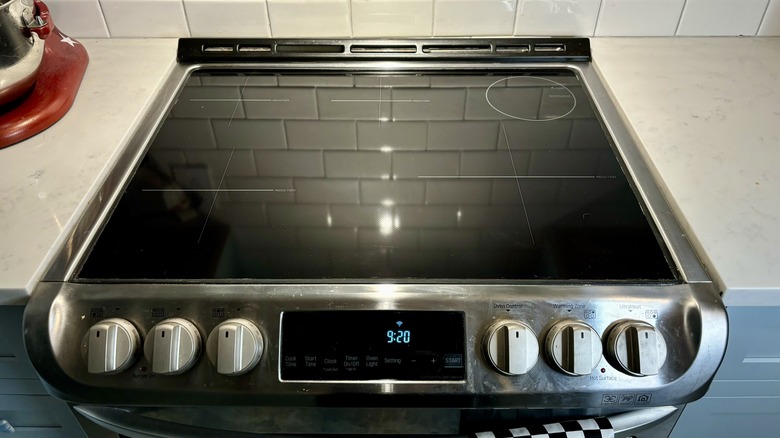How To Clean A Glass Stove Top (Without Leaving A Single Scratch)
Part of the allure of a glass stove top is the sleek, clean look it brings to any kitchen. In many ways, the glass tops that are common on electric and induction stoves are easier to clean than grate tops. The smooth surface makes it easy to brush away crumbs and then wipe down. The downside, though, is that glass tops are prone to scratches and can easily be ruined if not cleaned correctly.
In this article, we will walk you through all the tools you need to restore your stove's glass top to its pristine condition. If you follow our instructions, the top will gleam and sparkle like new. We will also show you what you need to avoid when cleaning its surface. Many standard cleaning tools and supplies will dull the glass and can cause scratches across the top.
While it may feel daunting to clean glass stove tops, we want to assure you that it is not as complicated as it may appear. Anyone can learn how to clean their glass stove top the proper way.
Tools you need
To get started, the most effective way to clean your glass stove top is to use a specialty cleaner from brands such as Weiman or Cerama Bryte. The key here is to get the kind in a squeeze bottle. The product will likely be white, and when it comes out you will notice it is a little grainy. This fine grittiness not only removes baked-on food but also helps to buff out any minor scratches and leaves a smooth, cleaning surface. If you don't want to buy a specialty soap, you can also use Bar Keepers Friend for similar results.
Additionally, you may need a cleaning razor to help scrape off thick cooked-on food. The razor should be clean and sharp, otherwise you risk scratching the glass. You will also want a sponge. Make sure the sponge you use is specifically designed for glass tops or is labeled as scratch-free. Many rough sponges will leave scratches.
Finally, you will want some quality paper towels or a soft microfiber cloth that won't leave threads behind.
Tools to avoid
Just as important as the tools you will need are the tools to avoid. You will want to steer clear of harsh and rough sponges. No steel wool, for example. Don't just use any old kitchen sponge either; make sure it is soft enough to leave your kitchen in pristine order.
Additionally, avoid really harsh, abrasive cleaners, such as bleach. There is a fine line between tools that get the job done and those that take it too far. Cleaners that are too abrasive will also scratch the top of your stove.
Step 1: Sweep off debris
No matter how careful you are, if you cook, food inevitably ends up on the stove. Use a dry cloth and brush away any loose crumbs. There should be no leftover loose food on the surface.
Step 2: Scrape and soak off burned food
If any big chunks of caked-on food are sticking up, use your razor to scrape them off carefully. For particularly stubborn burnt-on food, soak the spots with some water. This is also a helpful step if you don't have a razor. Let the water sit for a couple of minutes, then come back and remove it with a soft cloth. In the end, you want to make sure to remove any large debris.
Step 3: Apply your cleaner
Next, apply your cleaner according to the manufacturer's instructions. Ours calls for a quarter-sized spot of cleaner. For this, a little goes a long way. Some bottles may also require you to shake the cleaner before applying.
Step 4: Scrub the surface
Scrub your glass stove top with your sponge. Use big circular motions at first, then move to smaller circular motions in concentrated areas. When the cleaner is on, it can often be hard to see any fine stains, such as rings from pots. If you know ahead of time which burners you cook with most often, you can focus on those areas and give them some extra TLC. Depending on how tough the stains are, this step may require a good bit of effort. Just keep scrubbing until all the grime has come off.
Step 5: The final wipe down
Finally, wipe down your glass stove top with a paper towel or a clean washcloth. If your stove is particularly dirty, you may need to use an additional paper towel or washcloth. If, at this point, you notice any spots that didn't come clean, repeat the previous two steps in those areas, and then wipe them down again.
Finally, when using a glass top cleaner, you do not need to wash it away with water. As you buff, the cleaning solution will be picked up. Adding water at this step will only dilute the product and affect its effectiveness.
How often should you clean your stove?
Most manufacturers recommend doing a full cleaning once a week. This may sound like a lot, but with proper maintenance, there will only be a little build-up to clean off, and cleaning will take significantly less time. If you don't clean your glass stove top regularly, it can get layers of build-up.
Additionally, for regular maintenance, always brush off any loose food after each use once the stove has cooled down. This will help keep your stove clean and cut down on cleaning time in the future. Now you just need to clean the rest of the stove and oven, but that is an article for another day.
